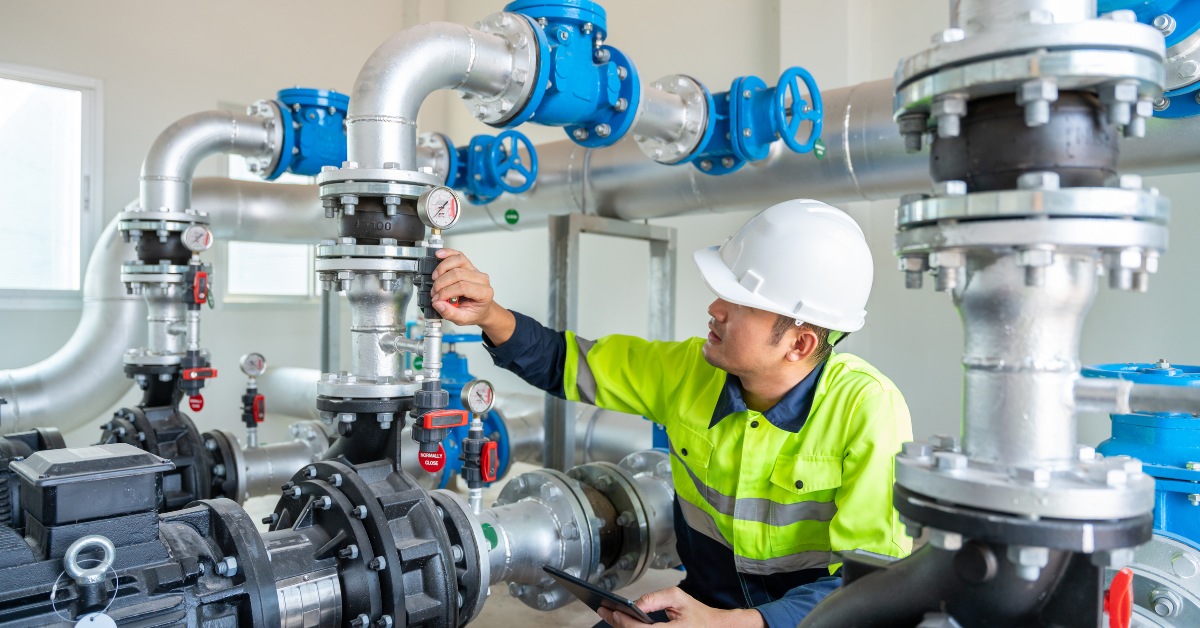Running a project in a remote location presents many challenges, and managing water supply is often one of the biggest. Whether you’re operating in agriculture, mining, chemicals, brewing, or viticulture, water is essential for everything from cleaning and production to hygiene and emergency response.
When there’s no mains supply nearby, having the right setup in place can mean the difference between progress and downtime. Here are practical tips to help you manage water supply effectively and confidently on remote sites.
Assess Operational Demand Accurately
Understanding how much water you’ll need, and what you need it for, is the first step. Many projects underestimate water usage, especially early on. Water might be required for staff use, cleaning machinery, mixing chemicals, or managing dust. Each of these tasks adds to your overall demand.
The best approach is to break your project into phases and estimate usage for each. Initial setup might require larger volumes for construction and cleaning, while day-to-day operations could settle into a more consistent pattern. Accurate demand forecasting helps you choose the right tank sizes, avoid shortages, and reduce delivery frequency.
Factor in Infrastructure Limitations
Remote sites usually lack reliable infrastructure. Roads may be unsealed, power limited, and the weather may be unpredictable. These realities should guide how you plan your water systems.
If vehicle access is inconsistent, storing larger amounts on-site becomes crucial. Where power isn’t available, gravity-fed or solar-powered pumps may be your best option. Each decision should reflect what your site can reasonably support without depending on external services.
Thinking through these limitations early will help you build a system that’s reliable under pressure.
Ensure Water Quality And Hygiene
Water quality matters, even when it’s not for drinking. Contaminated water can damage equipment, affect production, and pose health risks. If the source is a bore or natural supply, basic treatment and regular cleaning of tanks, hoses, and fittings are essential to prevent algae, bacteria, and sediment build-up.
When water is also used for hygiene or production processes, maintaining higher standards becomes even more important. Referring to the WHO guidelines for drinking-water quality can help ensure your systems meet safe and reliable benchmarks, even in challenging remote conditions.
Choose Fit-For-Purpose Storage And Transport Solutions
The right equipment plays a central role in keeping the water supply dependable. Tanks should be tough, easy to maintain, and suited to your working environment. For example, intermediate bulk containers (IBCs) are commonly used for static storage and can be arranged flexibly depending on the space available.
Of course, storage is only one part of the setup. Many remote projects also require water to be transported across rough or uneven ground, especially when different work zones are spread out. In these cases, a durable plastic water cartage tank for tough conditions provides a reliable and safe solution. Look for features like sealed lids, strong mounting points, and fittings that connect easily to pumps and hoses.
Prepare For Emergencies
Unexpected events can happen at any time. A blocked road, broken pump, or extreme weather could interrupt the water supply when it’s most needed. That’s why it’s essential to plan for disruptions well before they occur.
Keep emergency water reserves on-site in separate tanks. Monitor tank levels remotely if possible, so you can respond before levels get too low. Make sure team members know the emergency procedures and how to switch to backup systems if needed. Having these safeguards in place means your project can stay on track, even when plans change suddenly.
Adapt To Climate And Environmental Conditions
Remote sites often face harsh conditions. In hot, dry areas, evaporation can reduce your stored water faster than expected. In cold climates, pipes and tanks can freeze, leading to cracks or blockages. Heavy rain can wash contaminants into open tanks or make roads impassable.
To manage these risks, position tanks in shaded areas, use covered or insulated containers where needed, and always include spill containment where there’s any risk to the local environment. Designing your system with the local climate in mind helps avoid unnecessary failures or downtime.
From Isolation To Operational Strength
Water supply doesn’t have to be a weak spot in your remote project — it can become one of its strengths. By understanding your needs, choosing the right equipment, and preparing for environmental and logistical challenges, you can keep your operation running smoothly, safely, and without interruption.
A smart, well-built water system gives your team confidence and allows you to focus on the work at hand, no matter how far off the beaten track your project takes you.









